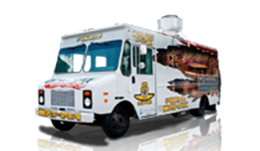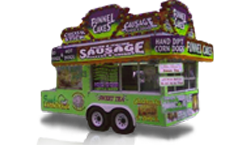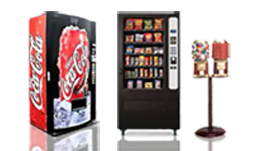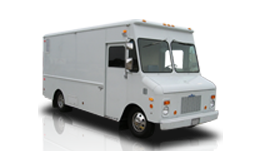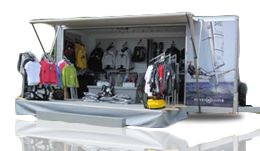How to Choose the Right Food Truck Generator to Power Up Your Business
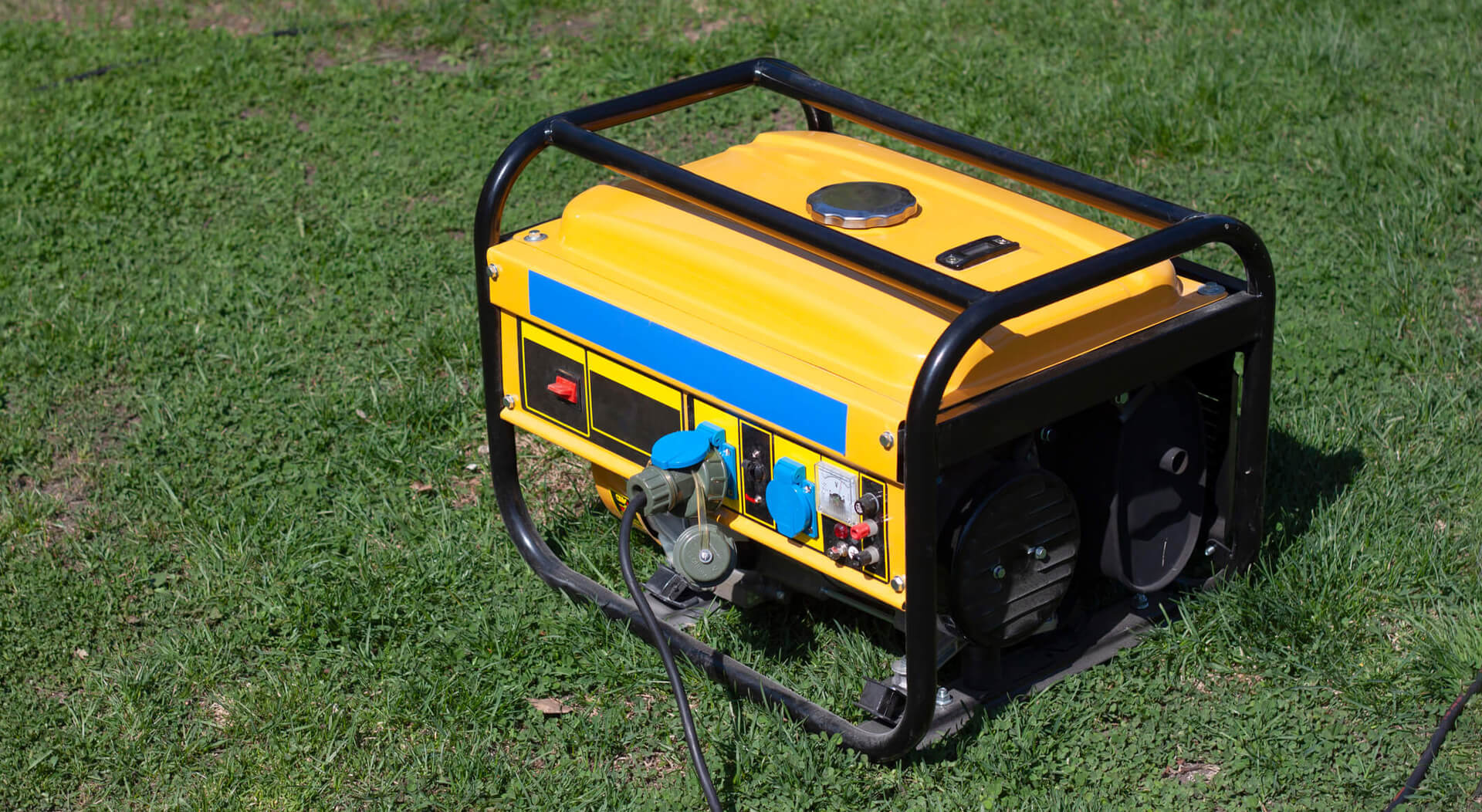
Have you ever thought about where a food trailer gets electricity? Or how does it power up cooking equipment and lights? Unlike brick-and-mortar restaurants, a food truck doesn’t have a fixed connection to an electrical grid. Instead, it uses a portable generator to power it while it travels from point A to point B.
We may say that a food truck and generator is like bread and butter. Choosing the right butter to make your bread taste good is very important. As such, you must be careful in choosing the right food truck generator to power up your business. Here’s how!
What’s Inside
What is a Generator?
First, let’s define what a generator is. A generator is a portable device or equipment that converts chemical or mechanical energy into electricity. People can use them anytime, anywhere in the absence of electricity. Generator engines may be powered by diesel, gasoline, natural gas, and propane.
An injector in the fuel pump pushes the fuel in the combustion system of an engine to produce chemical or mechanical energy. The energy was then transferred as an alternating current (AC) through copper wires that lead to the alternator. The alternator converts the energy into electricity based on the principle of electromagnetic conduction. It has a magnetic field surrounded by circular wires that move to generate electricity.
The electricity generated by the alternator then goes to the voltage regulator which controls and converts AC to direct current (DC). This powers up the battery which in turn powers up the food truck. There are other parts of the generator that help control the heat and movement of the equipment. These are the cooling, exhaust, and lubrication system.
How to Choose the Best Food Truck Generator
Start by knowing how much power you will need on your food truck
What appliances and equipment will you use? List all the appliances and equipment powered by electricity in your food truck.
You will also need to check the wattage for each appliance and equipment. Please note that some appliances or equipment may be reactive or resistive. When an appliance or equipment is reactive, it needs a higher starting wattage but consumes less wattage as it continuously runs. Some examples are bean grinders, blenders, and refrigerators.
Whereas, a resistive appliance or equipment needs a constant wattage to start and run. Some examples are bulbs, coffee makers, microwave ovens, and toasters. You can see such information at the data tag, manual, nameplate, or stamp of the appliance, electric motor, or equipment.
Here’s a sample list.
| Appliance or Equipment | Number of Units | Starting Wattage | Running Wattage |
| Bean Grinder | 1 | 500 | 150 |
| Blender | 1 | 850 | 400 |
| Coffee Maker | 1 | 600 | 600 |
| Light bulb | 6 | 300 | 300 |
| Microwave Oven | 1 | 600 | 600 |
| Refrigerator | 1 | 1200 | 200 |
| Toaster | 1 | 800 | 800 |
| Total Wattage Needed | 4850 | 3050 |
As you can see on the table above, you will need a generator with an output of at least 3050 watts. The trick is to start the bean grinder, blender, and refrigerator an hour ahead of the other appliances or equipment. As a general rule of thumb, it is recommended to get a generator with a power that has 20% more of the total wattage needed.
Generators also have maximum power and rated power. The maximum power of a generator is the highest wattage it can produce for around 30 minutes only. The rated power of a generator is the highest wattage it can produce over an extended period of time. When buying one, you should base your need on the rated power.
Decide what type of generator you should choose
There are two common types of generators available for food trucks – conventional and inverter.
Conventional Generator
Conventional generators use an engine attached to the alternator to produce AC. They can produce a power output of up to 50,000 watts. They can run over an extended period of time. They are less expensive but heavier and larger than inverter generators.
Inverter Generator
Inverter generators use advanced circuitry to produce multi-phase AC, DC, then cleaner AC. They are more expensive but have better fuel efficiency compared to a conventional generator. They are also smaller and produce less noise and vibration. Yet they have a limited power output of up to 4,000 watts only.
Most food trucks use an inverter generator. It is because they only need a limited power output as part of the business saving scheme. Yet the right type of generator for your food truck depends on the needed wattage for all your appliances and equipment. It should be able to supply enough electricity during your food truck operation hours.
Consider the noise of your generator
The noise and vibration emitted by a food truck generator can generally affect its business operation. It can cause hearing problems for the food truck staff as they have to deal with it day by day. It can be a threat to set a good mood among food truck customers who prefer music rather than noise. This can be a cause of less revenue as the noise might irritate customers.
Before buying a generator, pay close attention to how loud it is. Put yourself in your customers’ shoes. Will it drive you insane or scared? It will be best to get a generator with a noise below 70 dB. The lower the noise is, the better. Always choose a quiet generator for your food truck.
Still looking for the perfect food truck? Check out the used mobile food trucks for sale at UsedVending. You’ll be amazed with hundreds of opportunities waiting for you. Let us help you start a successful venture.


